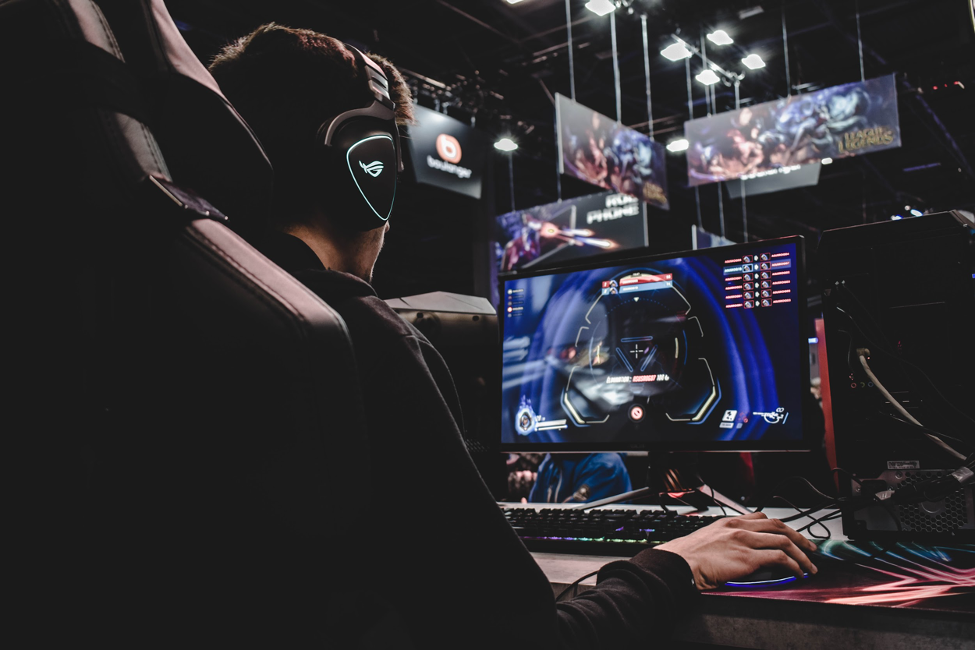Do you love video games? If you do, then you already know that you’re not alone. There are millions of gamers worldwide, and the gaming industry keeps improving. One of the most recent advances in gaming tech is the introduction of cloud gaming.
It might sound unfamiliar, and that’s alright. The concept has yet to break into the mainstream gaming industry. However, it is quite promising and can be harnessed even now. Let’s walk you through the nuances of cloud gaming.

What is cloud gaming?
Cloud gaming is a form of cloud computing specifically designed for gamers. A more appropriate comparison would be the streaming services.
Like Netflix, it uses remote servers to facilitate real-time requests and delivery. It’s like streaming games online while being able to control the characters and plot.
If you’re wondering how it differs from conventional online gaming platforms, here’s how.
Traditional gaming systems require specific brand-oriented hardware and software to work. Cloud gaming doesn’t.
With it, the remote servers you connect to would have the gaming hardware specs and software installed at the data centers. All you’d need to play a game on the cloud is a compatible smart device, login details, and a strong Internet connection. No installation is required.
Does that sound cool? It gets better.
A subscription would mean gamers can enjoy the best graphic games with the least storage space possible. Also, that’d mean zero burdens on your device’s processor and storage. The best part is your cloud gaming provider has the mandate to update every gaming software on their servers, so users get the latest versions upon each launch.
What Are the Potential Drawbacks of Cloud Gaming?
There are a few drawbacks to it. Among the most pressing ones are:
1. Insufficient Gaming Collections
Cloud gaming is in its early days, so only some providers have the collection necessary for a top-rated gaming experience. In other words, you might find only some of the games you need with just one provider. And it would cost a lot more to have multiple providers on various platforms.
2. Latency Disruption
We can’t overstate the importance of having a strong Internet connection when using cloud gaming. Of course, Internet connections are susceptible to minute disruptions, but even the slightest disturbance could ruin an active gaming session. With latency being the most disruptive cause of poor network connections, it might not work for users in rural locations.
Conclusion
Cloud gaming is tremendous and may soon become as reliable as cloud storage. Of course, storage doesn’t offer additional computing power for gaming needs, but you can save heavy game files on it and keep your gaming devices light and functional.
Blomp offers the best cloud storage plans; you can get up to 20GB free! Click to get started.
